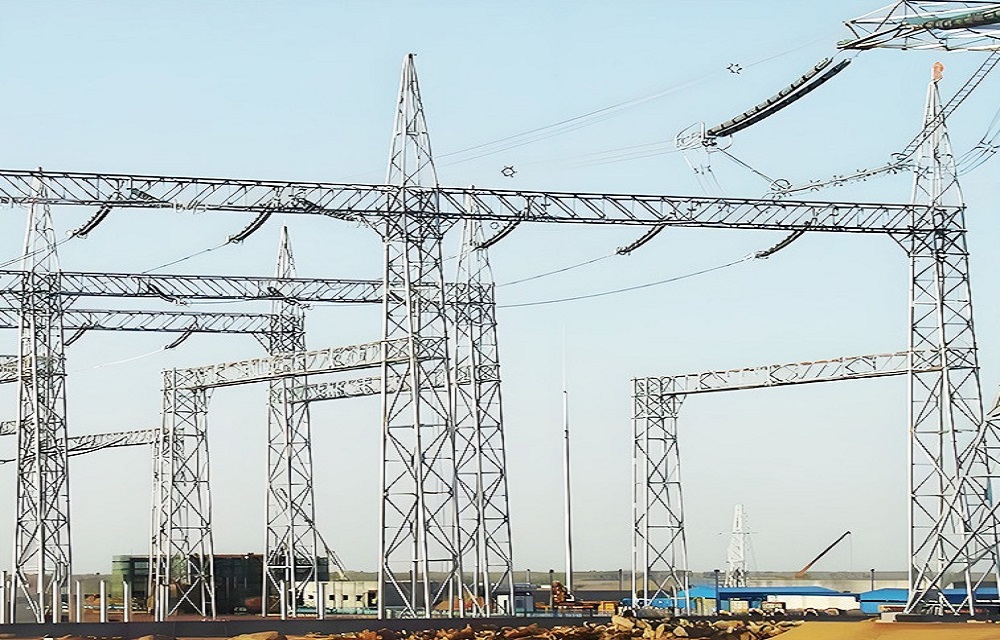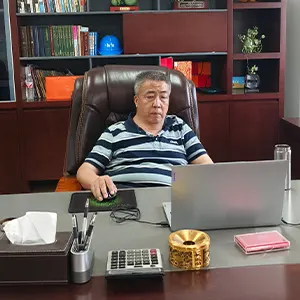Impact of X.Y. Tower's 132kV Substation Project in Iraq on the Local Economy
2025-05-08

I. Industrial Chain Upgrading and Localized Manufacturing
Enhancement of Domestic Production Capacity in Power Equipment
The project has elevated Iraq's domestic power equipment self-sufficiency rate from less than 5% to 35%, with localized production of core components exceeding 60%, fundamentally transforming the long-standing reliance on imports. The implementation of an intelligent warehousing system has improved raw material turnover efficiency by 50% and reduced component processing costs by 28%.
Restructuring of Supply Chain Ecosystems
Twelve local supporting enterprises have been cultivated, spanning fields such as insulating materials and precision casting, forming a regional power equipment industrial cluster. For example, the Baghdad Insulation Materials Factory achieved independent production of polyurethane composite materials through technology transfer, reducing costs by 35% compared to imported products.
II. Employment Structure and Skills Enhancement
Creation of High-Tech Jobs
The project directly provides 800 technical positions in high-skill fields such as smart manufacturing and equipment maintenance, with technicians earning average monthly salaries 3.2 times higher than the local manufacturing sector’s median.
III. Energy Infrastructure Modernization
Strengthening Grid Stability
By supplying core components for 20 substations annually, the project supports regional industrial electricity demand and provides critical infrastructure for enhancing grid stability in northern Iraq.
Synergistic Development with Clean Energy
A complementary 1GW photovoltaic project (scheduled to commence in 2024) will generate over 1.5 billion kWh of clean electricity annually, reducing reliance on fossil fuels and enabling energy complementarity with substations.
IV. Green Economic Transition
Application of Eco-Friendly Technologies
The project’s solar roof generates 1.5 million kWh annually, achieves an 85% wastewater reuse rate, and reduces carbon emissions by 820 tons per year, setting a new environmental benchmark for heavy industries in the Middle East.
Low-Carbon Construction Practices
Modular splicing technology reduces on-site welding by 70%, while lightweight composite materials cut transportation energy consumption by 18% and lower dust pollution by 83%.
V. International Collaboration and Regional Influence
Export of Technical Standards
By integrating Chinese standards with Middle Eastern environmental adaptability requirements, the project has become a flagship case under the Belt and Road Initiative, attracting interest from Egypt, Jordan, and other nations seeking to replicate its model.
Regional Economic Integration
The project has facilitated successful bids for power projects in Saudi Arabia and Uzbekistan, fostering an innovation-driven collaborative network for power equipment across the Middle East, North Africa, and Central Asia.
Through technological integration and industrial symbiosis, the project has not only reshaped Iraq’s power industry ecosystem but also emerged as a pivotal driver for energy transition and sustainable economic development in the Middle East.

Hey, I’m Chunjian Shu
"X.Y. Tower: Reliable, innovative solutions for high-quality towers and electrical equipment with professional service.
